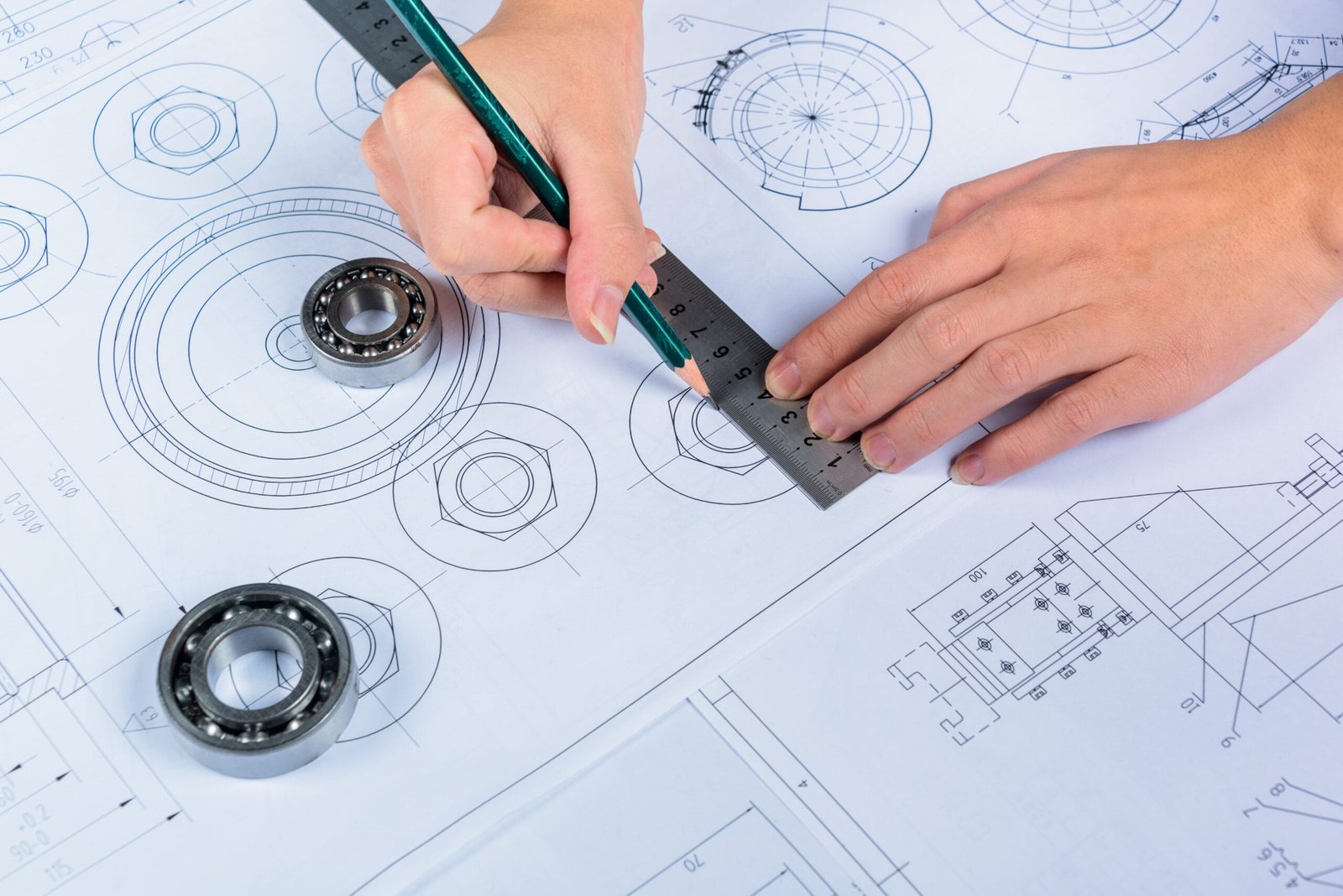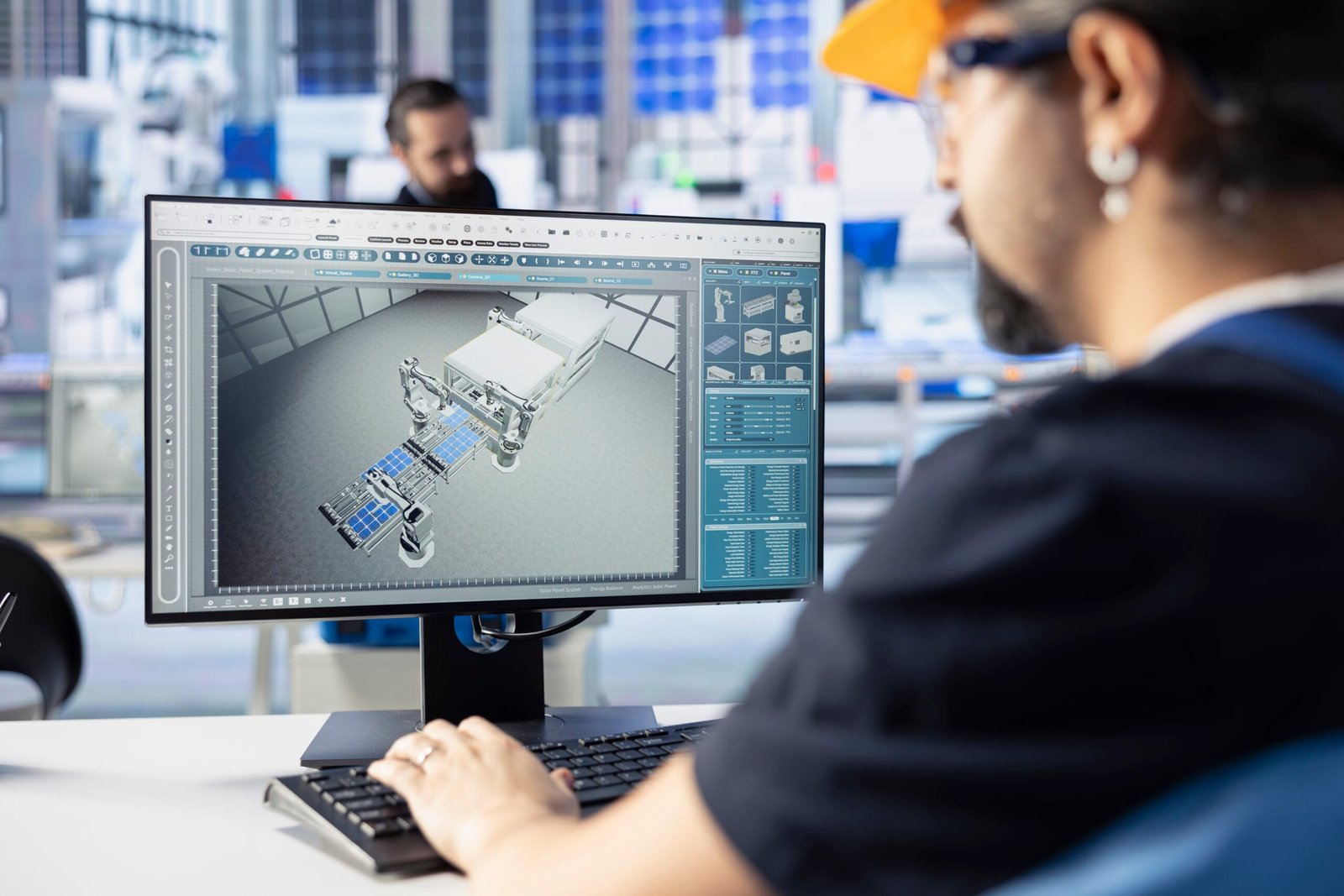Introduction to AS 9100 Design Standards
AS 9100 Design Standards is the international quality management standard tailored specifically for the aerospace industry. It builds upon ISO 9001, adding critical aviation, space, and defense-specific requirements. The AS 9100 Design Standards help organizations in these sectors improve product quality, maintain regulatory compliance, and enhance customer satisfaction. Whether you are a manufacturer, supplier, or design service provider, understanding and implementing these standards is crucial for success in this highly regulated sector
In this comprehensive guide, we’ll break down what AS 9100 is, why it matters, how to implement its design requirements, and how it can give your business a competitive advantage.
What Is AS 9100 Design Standards?
AS 9100 is a quality management system (QMS) standard developed by the International Aerospace Quality Group (IAQG). It incorporates ISO 9001:2015 but includes additional aerospace-specific requirements. These additions focus on product safety, risk management, counterfeit parts prevention, and traceability—critical aspects for the aerospace sector.
Key Components of AS 9100:
- Product Design and Development Controls
- Configuration Management
- Risk-Based Thinking
- Verification and Validation
- Continuous Improvement
- Regulatory and Statutory Compliance
The design control elements in AS 9100 are particularly important, ensuring that engineering teams create safe, reliable, and traceable aerospace systems.
Why Are AS 9100 Design Standards Important?
1. Ensures Design Safety and Integrity
AS 9100 enhances design processes by ensuring that aerospace components are tested, verified, and traceable. This minimizes product failure and ensures the integrity of the final output.
2. Compliance with Global Aerospace Requirements
Many OEMs (Original Equipment Manufacturers) require their suppliers to be AS 9100 certified. Without this certification, companies often find themselves excluded from global supply chains.
3. Risk Management
The standard integrates risk-based thinking into all aspects of design and manufacturing. This helps companies preemptively identify potential design flaws or safety issues.
4. Enhances Trust with Clients
AS 9100 certification builds trust and transparency with customers, showing that a company meets global aerospace design and production standards.
AS 9100 Design Requirements Breakdown
1. Design and Development Planning
This section focuses on planning design activities, defining roles and responsibilities, and ensuring resources and timelines are managed properly.
Key Focus Areas:
- Design input documentation
- Project milestones
- Resource allocation
- Risk identification early in the design process
2. Design Inputs
Inputs must be well-defined, complete, and measurable. They often include:
- Functional and performance requirements
- Applicable standards and codes
- Regulatory and safety requirements
- Lessons learned from previous projects

3. Design and Development Controls
AS 9100 mandates controls to ensure that the design meets all specified requirements.
Control Mechanisms Include:
- Peer reviews
- Design simulations and modeling
- Failure Mode and Effects Analysis (FMEA)
- Technical documentation tracking
4. Design Outputs
The outputs must satisfy input requirements and provide sufficient information for production and service provision.
Typical Outputs:
- 2D/3D CAD models
- Assembly drawings
- Inspection criteria
- Maintenance instructions
5. Design and Development Verification
Verification ensures the design outputs meet the design inputs. This involves:
- Testing
- Reviews
- Comparisons with similar proven designs
6. Design and Development Validation
Validation confirms the product operates as intended in real-world or simulated environments.
Common Validation Methods:
- Field tests
- Simulations
- Prototype evaluations
7. Design Changes and Configuration Management
All changes must be formally controlled, reviewed, and documented. AS 9100 requires traceability and approval workflows for any modification during the product lifecycle.
How to Implement AS 9100 Design Standards
Step 1: Gap Analysis
Begin by assessing your current design and quality management processes against AS 9100 requirements.
Step 2: Employee Training
Train engineering, design, and quality assurance staff on AS 9100 clauses relevant to their roles, especially those involved in product development.
Step 3: Documentation System
Establish a QMS documentation system that includes design plans, work instructions, records of review, and traceability logs.
Step 4: Risk-Based Design Thinking
Introduce formal methods such as DFMEA (Design Failure Mode and Effects Analysis) to proactively manage design-related risks.
Step 5: Internal Audits and Reviews
Conduct audits focusing on design activities and use audit results to drive continuous improvement.
AS 9100 and Digital Engineering Tools
Modern design environments often use software such as AutoCAD, SolidWorks, CATIA, or Siemens NX for 3D modeling and simulation. AS 9100 Design Standards can be seamlessly integrated with these tools using:
- PLM (Product Lifecycle Management) systems for configuration control
- ERP integration for linking design with supply chain
- Digital Twin technologies for real-time validation
Benefits of AS 9100 for Aerospace Design Companies
| Benefit | Description |
|---|---|
| Enhanced Product Quality | Reduces design errors and promotes reliability |
| Global Market Access | Required by major aerospace OEMs and contractors |
| Improved Process Efficiency | Reduces rework, increases consistency |
| Greater Customer Confidence | Certification demonstrates commitment to quality |
| Safer Product Development | Incorporates safety and risk mitigation practices |
Common Challenges and How to Overcome Them
1. Documentation Overload
Solution: Use digital QMS tools to streamline document control.
2. Resistance to Change
Solution: Engage employees early and show the value of AS 9100 to their daily roles.
3. Integration with Legacy Systems
Solution: Create cross-functional teams to bridge old and new systems.
How AS 9100 Affects Global Aerospace Compliance (GEO)
AS 9100 is a core pillar for achieving global regulatory compliance, especially in regions such as:
- United States (FAA regulations)
- European Union (EASA standards)
- Asia-Pacific (CAAC regulations)
By aligning with AS 9100, companies are better positioned to navigate diverse international requirements.
The Role of AI and Automation in AS 9100 Design Standards (ALO/AEO)
With AI integration into design workflows, AS 9100 ensures human oversight and validation still play a key role. AI can:
- Predict failure modes
- Optimize design choices
- Automate documentation and version control
However, the final authority and validation processes must remain compliant with AS 9100 Design Standards to avoid safety risks.
Search Experience Optimization (SXO): How AS 9100 Helps You Rank Higher
Google’s AI favors content and services that ensure user safety, trustworthiness, and consistency—all core outcomes of AS 9100 certification.
For service providers, highlighting AS 9100-compliant processes in web content, case studies, and project portfolios can:
- Improve click-through rates (CTR)
- Increase user time on page
- Reduce bounce rate
All of these are crucial SXO factors.
Final Thoughts
In an industry where failure is not an option, AS 9100 Design Standards provide the blueprint for precision, safety, and success. Aerospace companies that embrace this standard are not only complying with regulations—they’re positioning themselves for innovation, market access, and long-term growth. From enhanced product design to improved team workflows, AS 9100 Design Standards is a transformative tool for any organization operating in or entering the aerospace sector.
FAQs: AS 9100 Design Standards
Q1: Is AS 9100 the same as ISO 9001?
No. AS 9100 includes ISO 9001 as a base but adds aerospace-specific quality and safety requirements.
Q2: Who needs AS 9100 certification?
Any company involved in aerospace design, manufacturing, or supply chain—especially those aiming to work with major OEMs.
Q3: How often is AS 9100 updated?
The standard is reviewed periodically by the IAQG. The latest version is AS 9100D, aligned with ISO 9001:2015.
Q4: How long does it take to get AS 9100 certified?
Depending on company size and readiness, certification can take 3–9 months, including audits and implementation.
Q5: What documents are required for AS 9100 design compliance?
Design plans, input/output documentation, validation reports, risk analyses, and change management logs are essential.





